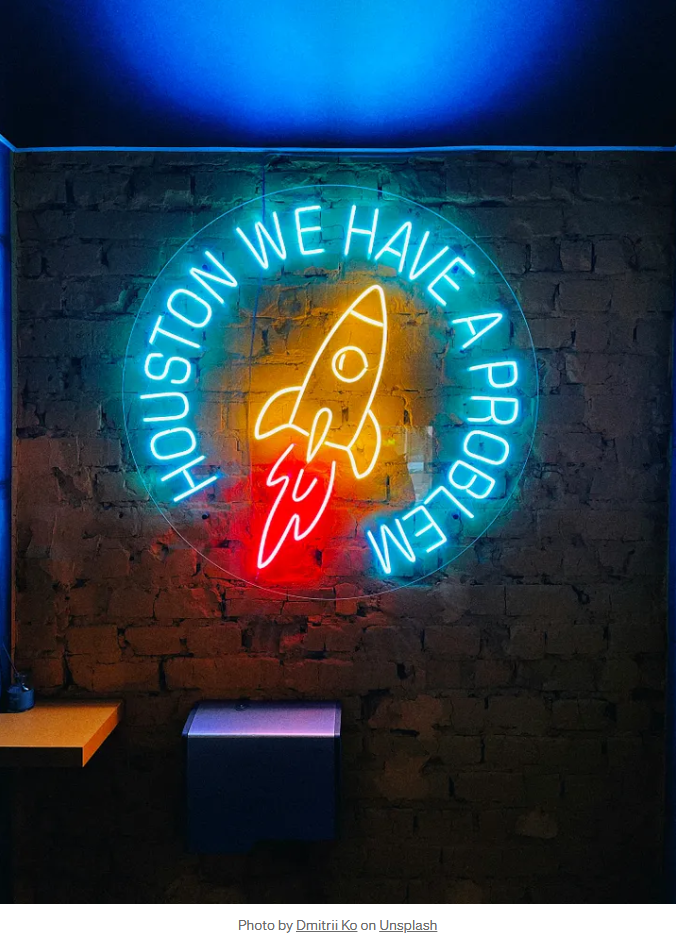.svg)

The HR AI Paradox: Why Your Predictive Tech Fails and How to Fix It
You’ve been promised that Artificial Intelligence will revolutionize HR. You’ve heard the buzz about data-driven decisions, predictive analytics for retention, and AI agents that will streamline everything from recruiting to performance management. Yet, for many leaders, the reality has been a costly and frustrating exercise in futility. The predictions are unreliable, the tools feel disconnected, and the promised ROI remains elusive.
This failure isn’t a problem with the technology. It’s a paradox of leadership.
The paradoxical reason predictive AI fails in HR is this: The very thing AI needs to succeed — rich, nuanced, and consistent human data — is the one thing most organizational environments are not designed to capture.
Let’s be specific. We’re talking about Agentic AI — systems that can operate autonomously to understand, plan, and act. Unlike basic AI that requires constant instruction, these agents learn from their environment. But what happens when that environment is flawed?
Imagine hiring a brilliant data scientist and giving them the task of predicting your top performers’ flight risk. But you don’t give them access to team dynamics, communication styles, manager feedback, or employee sentiment. You only give them the org chart and performance review scores from a system everyone knows is biased. The scientist, no matter how brilliant, is set up to fail.
This is precisely how most companies are deploying AI in HR. They are asking powerful technology to fly blind, starved of the essential contextual data it needs to learn. The problem isn’t the AI; it’s the “environment” we’ve given it.
Before you invest another dollar in AI, you must first re-architect your human environment. This requires a sequential, three-step approach. Get the order wrong, and you are guaranteed to fail.
The Three Pillars for Successful AI Implementation
AI is not a technological blanket you can lay over legacy processes. It is a mirror that reflects the health and integrity of your organizational culture and systems. To get it right, you must build from the ground up, in this specific order:
Pillar 1: Cultivate a Data-Rich Culture (The Foundation)
Before any system can work, your people must be willing and able to generate honest data. This is not about “user training” in the traditional sense; it is about building a culture of psychological safety and transparency.
- Who are the users? Every single person in the organization. From the CEO to the frontline employee, everyone must participate in generating the data that will train the model. This is non-negotiable.
- What is the “data”? It’s more than skills and performance ratings. It’s the “unstructured” reality of work: How do teams collaborate? What are individual work styles and preferences? How is feedback truly given and received? This is the data that predicts potential and flight risk.
- The requirement: You need consistent, honest participation. This only happens in a culture where employees feel safe to be transparent, where feedback is a tool for growth, not punishment, and where they see a clear “what’s in it for me.”
Pillar 2: Implement a Common Language for Talent (The Framework)
Once you have a culture that encourages participation, you need a structured method to capture the “environmental” data. You must make the intangible, tangible.
- Define your “environment”: This means creating a clear, consistent framework for understanding team dynamics, codifying work styles, and defining what “potential” actually looks like at your company.
- Structure the data: This framework becomes the blueprint for your data collection. Whether you use assessments, continuous feedback tools, or project-based reviews, the goal is to translate abstract human concepts (e.g., communication, adaptability) into structured, analyzable data points. This provides the integrity your AI model needs.
Pillar 3: Select Technology That Serves Your People (The Tool)
Only after you have established a participatory culture and a structured framework can you select the right technology. Doing this first is the most common and costly mistake.
- Rethink your tech stack: Most legacy HRIS and talent management systems are built on outdated, top-down assumptions. They are databases, not dynamic learning environments. They lack the backend architecture to process the complex, continuous stream of human data required for predictive accuracy.
- Choose for integration: The right AI technology will be able to plug into your cultural framework and capture data from the flow of work. It should serve your people-first approach, not force your people into a rigid, unnatural process.
The Architect of the Future: The Leader Who Solves the Paradox
This transformation is not an IT project; it is a profound leadership challenge. It requires a new kind of leader — an architect of a human-centric organization.
This leader understands that their primary role is to build and nurture the “environment.” They are:
- A Strategic Thinker: They see AI not as a cost-cutting tool, but as a strategic capability for attracting, developing, and retaining top talent.
- A Champion of Experimentation: They create a culture where it’s safe to test, learn, and adapt, understanding that this is a dynamic, ongoing process.
- A Believer in Partnership: They move beyond the traditional employer-employee relationship to build a “win-win” partnership. The company invests in the employee’s growth and career journey, and in return, the employee invests their full engagement and transparent data to drive the company’s mission.
This is not a mandate you can delegate. It is a strategic shift you must lead. Stop trying to lay AI over a broken foundation. Instead, lead the change to build a foundation worthy of the technology. The result will not only be an AI that works but a resilient, competitive organization that attracts and keeps the best people for the future of work.
Press enter or click to view image in full size
Latest Articles
Interviews. Applications. Candidate recruiting. Employee onboarding. The world of recruiting has no limit. Start with our blog if you don’t know where to begin.




